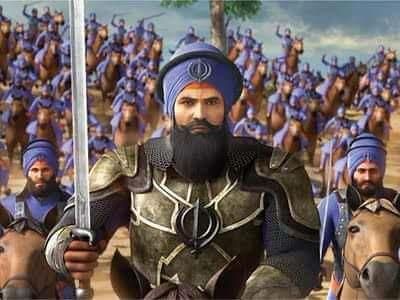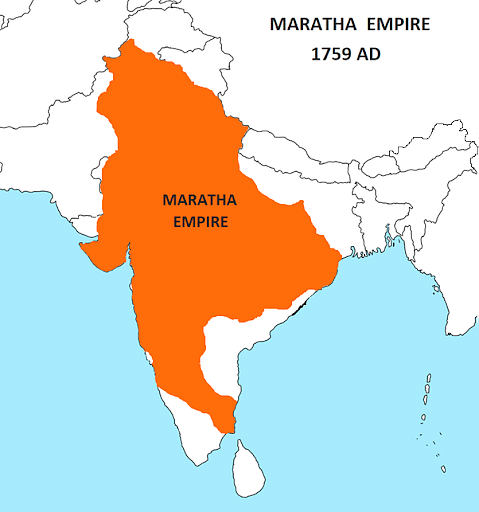Chapter 7 The Making of Regional Cultures Solutions
April 2, 2025Chapter 1 Environment Solutions
April 2, 2025NCERT Solutions: Eighteenth Century Political Formations
Q1: State whether true or false:
(a) Nadir Shah invaded Bengal.
Ans: False
Nadir Shah did not invade Bengal.
(b) Sawai Raja Jai Singh was the ruler of Indore.
Ans: False
Sawai Raja Jai Singh was the ruler of Amber. Indore was ruled by the Holkar dynasty. Jai Singh is known for founding Jaipur and establishing astronomical observatories.
(c) Guru Gobind Singh was the tenth Guru of the Sikhs.
Ans: True
(d) Poona became the capital of the Marathas in the eighteenth century.
Ans: True
Q2: How were the Sikhs organised in the eighteenth century?
Ans:
(i) The Sikhs organized themselves into a number of bands called jathas, and later on misls under a number of able leaders.
 Sikh Khalsa
Sikh Khalsa
(ii) The combined forces of Sikhs known as the grand army (dal Khalsa) used to meet at Amritsar at the time of Baisakhi and Diwali to take collective decisions.
(iii) A system called rakhi was introduced, offering protection to farmers in exchange for a 20% tax on their produce.
(iv) Guru Gobind Singh had inspired the Khalsa with the belief that their destiny was to rule.
Q3: Why did the Marathas want to expand beyond the Deccan?
Ans: (i) Marathas want to expand beyond the Deccan as expansion brought enormous resources.
(ii) The domination made to pay tribute as a way of accepting Maratha sovereignty.
(iii) Military campaigns also made other rulers hostile towards the Marathas.(iv) The Marathas developed an effective administrative system by endless military campaigns. 
Q4: Do you think merchants and bankers today have the kind of influence they had in the eighteenth century?
Ans: Today, the influence of merchants and bankers is not comparable to what it was in the eighteenth century. Key differences include:
- The rise of democracy has transformed power dynamics.
- Market prices and revenue sharing are now regulated by authorities elected by the public.
- In the 18th century, merchants and bankers had more direct control over economic matters.
Overall, the landscape of influence has shifted significantly since then.
Q5: Did any of the kingdoms mentioned in this chapter develop in your state? If so, in what ways do you think life in the state would have been different in the eighteenth century from what it is in the twenty- first century?
Ans: One example:
- Hyderabad (now in Andhra Pradesh)
- Today, it is a democracy with the right to vote, freedom of speech, and a well-organised judiciary.
- Citizens are guaranteed certain fundamental rights.
- There is no dictatorship.

